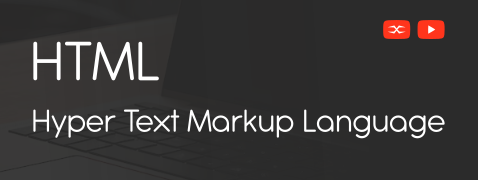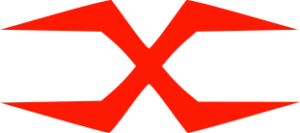
HTML
HTML Head
HTML Forms
HTML Graphics
HTML Media
HTML APIs
HTML Paragraphs
HTML paragraphs are applied to add text to a document in a way that automatically adjusts the line endings to fit the browser window size.
Each line of text extends the whole length of the window. The <p> tag defines a paragraph. The use of </p> is optional.
HTML automatically adds blank lines before and after a paragraph.
Attributes
Some significant attributes of paragraph tags are as follows:
Align: It indicates the arrangement of paragraphs. The possible values are left, right, and center. The default value is left.
The above code displays text one in the center of the page.
Horizontal Line
The <hr> tag in HTML stands for “Horizontal Rule”. It is a self-closing tag used to create a horizontal line or rule to separate content within a web page. We use it to divide sections of web pages or indicate a thematic break between content sections.
Here is a basic example of <hr> tag:
In the above example, the <hr> tag creates a horizontal line between the two paragraphs.
The horizontal rule can be customized using CSS to modify color, width, height, and style.
Line Break
The <br> tag in HTML stands for “line break”. Users use it to insert a line break, or in other words, to create a new line within the text. The <br> tag doesn’t have a closing tag.
Here’s a basic example of the <br> tag:
In the above example, the <br> tag inserts a line break between the two paragraphs, causing the second paragraph to start on a new line.
The <br> tag is commonly used when you want to break lines within a paragraph, such as in addresses or poems, or to add extra space between lines of text.

